Physical Address
304 North Cardinal St.
Dorchester Center, MA 02124
Physical Address
304 North Cardinal St.
Dorchester Center, MA 02124
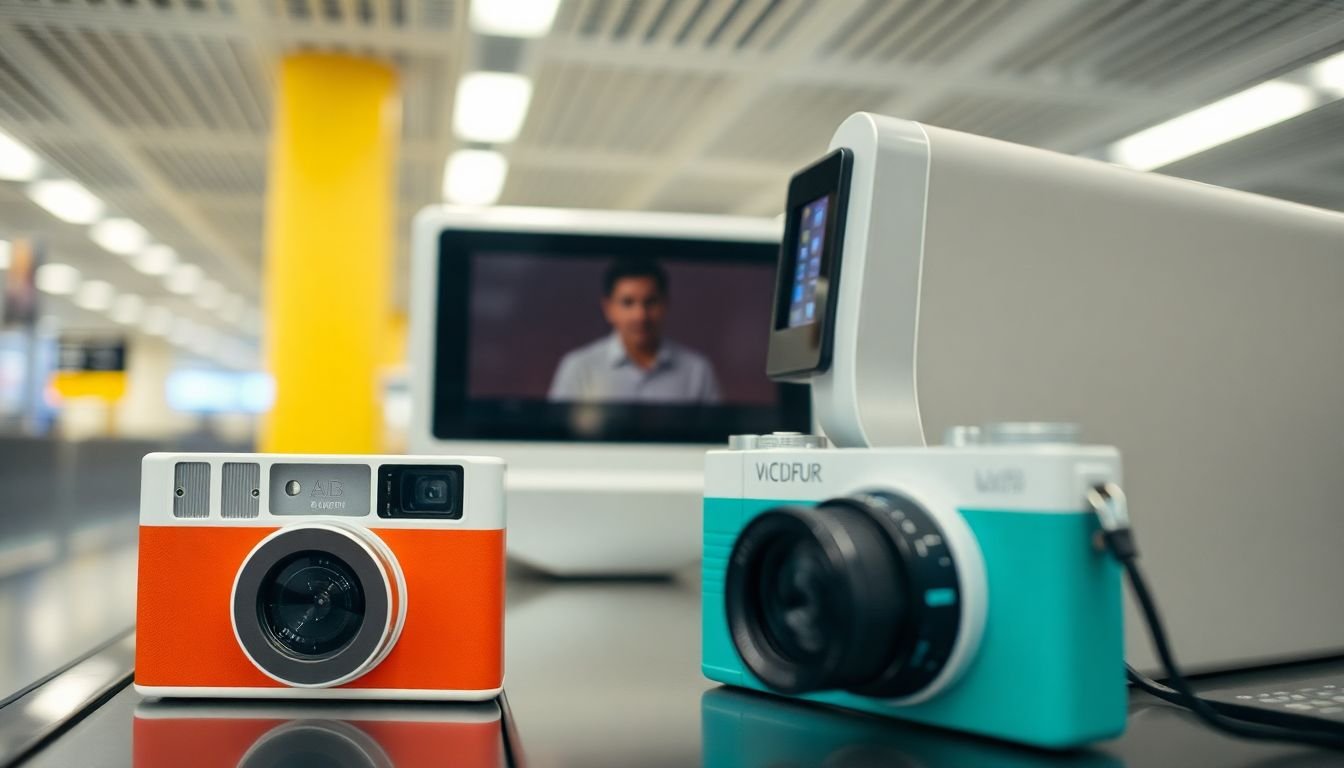
Disposable cameras have made a nostalgic comeback in recent years. They’re fun, easy to use, and give your pictures a retro charm that digital filters just can’t replicate. However, when traveling with a disposable camera, there’s one critical thing to keep in mind—airport scanners can damage your film.
Yes, the same machines that scan your luggage can fog your film and ruin your pictures. But don’t worry, there are simple steps you can take to protect your film and ensure your photos come out perfectly.
In this guide, we’ll break down everything you need to know about protecting your disposable camera film from airport scanners—from understanding how the scanners work to practical tips for keeping your film safe while traveling.
Before we dive into protecting your film, let’s quickly cover what disposable camera film is. Disposable cameras typically use 35mm film, and the type of film can vary depending on the brand.
Most commonly, these cameras come with an ISO rating of 400, which is a mid-range sensitivity that works well in different lighting conditions. However, some cameras come with ISO 800 or higher, which are more sensitive to light and, unfortunately, more vulnerable to damage from airport scanners.
The ISO rating indicates how sensitive the film is to light—higher ISO films (like 800 or 1600) are more sensitive and tend to be used in low-light conditions. While great for certain types of photography, higher ISO films are also more susceptible to fogging or exposure issues from X-ray scanners.
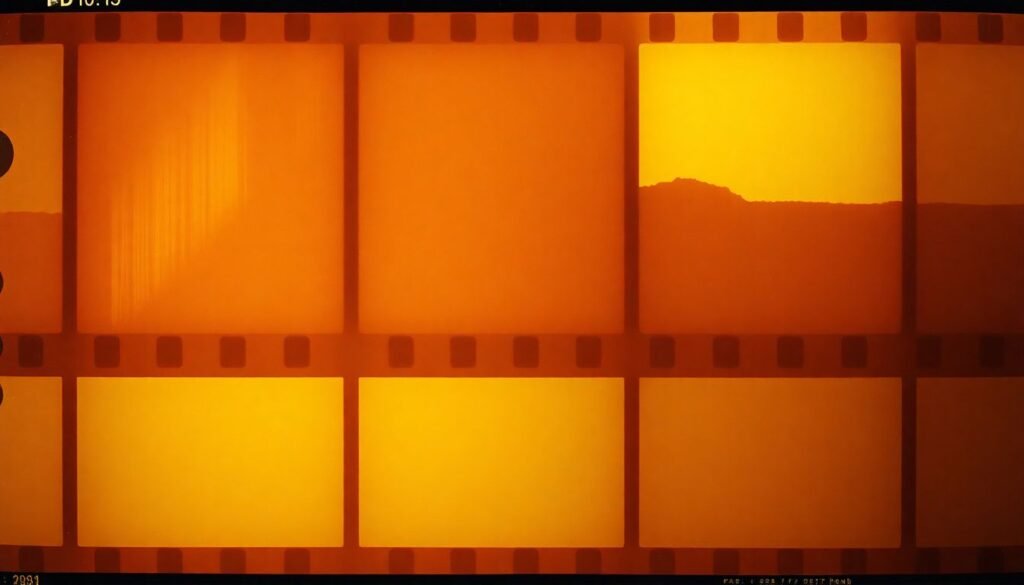
Airport scanners work by emitting X-rays, which pass through your luggage to identify items inside. These machines are incredibly effective at detecting contraband and ensuring security, but they aren’t exactly film-friendly. The radiation from X-ray scanners can cause overexposure on your film, which manifests as fogging or washed-out areas in your photos.
There are two main types of scanners used in airports:
Carry-on Baggage Scanners (X-ray): These are typically used for bags that go through security checkpoints. While lower doses of X-rays are used, repeated exposure can still damage film.
Checked Baggage Scanners (CT Scanners): These machines use a much stronger dose of X-rays to thoroughly scan checked luggage. Never put your film in checked baggage, as the higher levels of radiation will almost certainly damage it.
The level of sensitivity to scanners depends largely on your film’s ISO rating. Films with an ISO rating of 400 or lower are less vulnerable but still not immune, especially if exposed to multiple scans. High ISO films (800 and above) are particularly susceptible to scanner damage, and even a single pass through a machine can ruin your pictures.
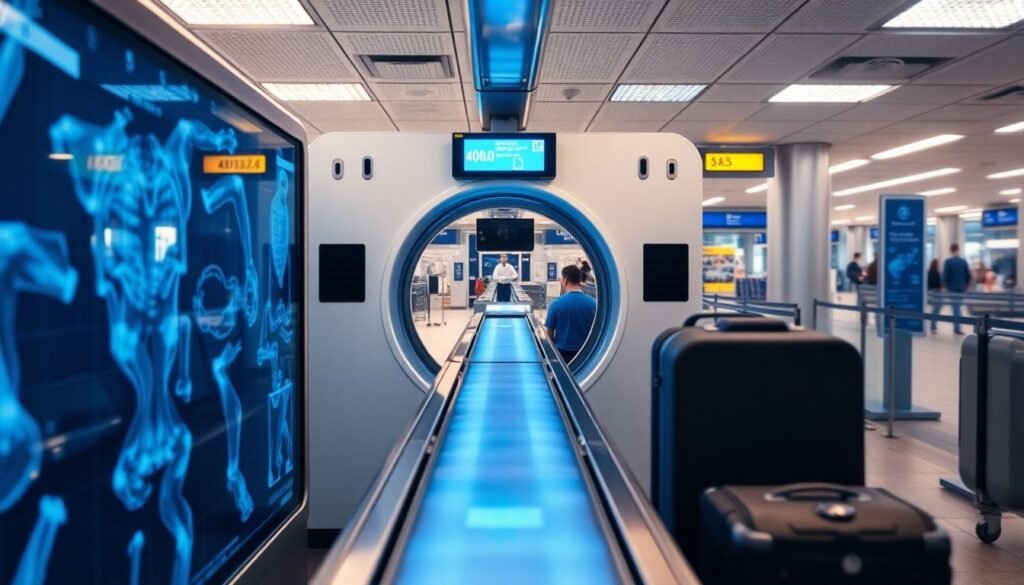
The primary risk when exposing film to X-ray scanners is fogging. This means the film becomes overexposed in certain areas, leaving parts of your images blurry or washed out. Depending on the strength of the scan and the film’s sensitivity, this can range from mild defects to completely ruined rolls.
Even if you’re using a camera with a lower ISO rating, it’s still worth taking precautions. The risks compound with every scan your camera goes through, so even low ISO film can be damaged after several exposures.
The best way to protect your film is to avoid having it go through X-ray scanners entirely. Luckily, the TSA and many other international security agencies allow travelers to request a hand inspection for their film. This is the safest option, especially for high ISO film.
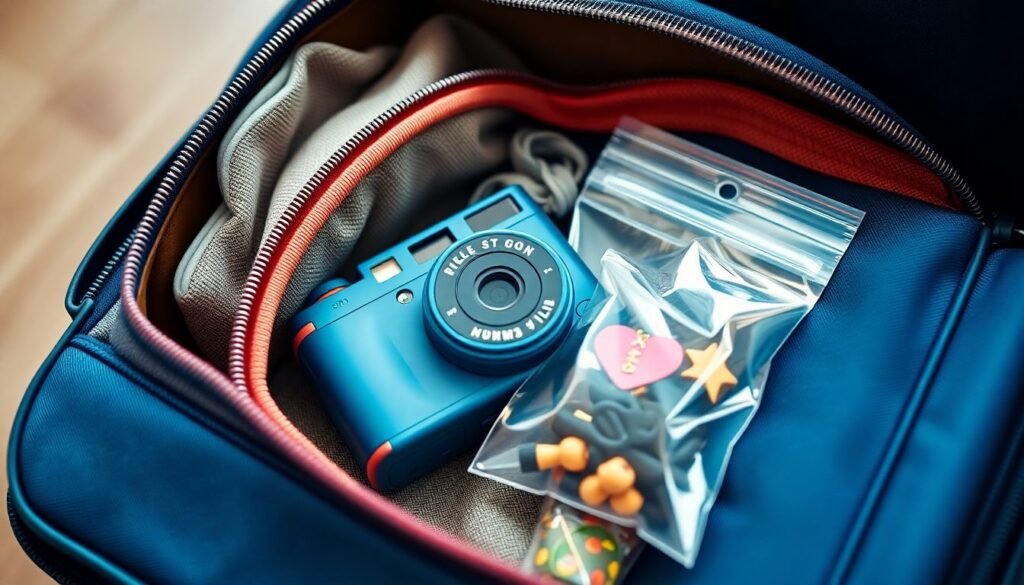
When asking for a hand inspection, it’s important to be polite and prepared. Here are some tips:
To make the inspection process smooth, keep your film in your carry-on luggage and avoid packing it in checked bags. This is because checked baggage scanners use much stronger radiation, which is almost certain to damage your film.
Some travelers use lead-lined film bags to protect their film. These bags block X-ray radiation, but they can also raise suspicion and result in your bag being flagged for further inspection. If you use a lead-lined bag, be prepared to explain its purpose to security officers.
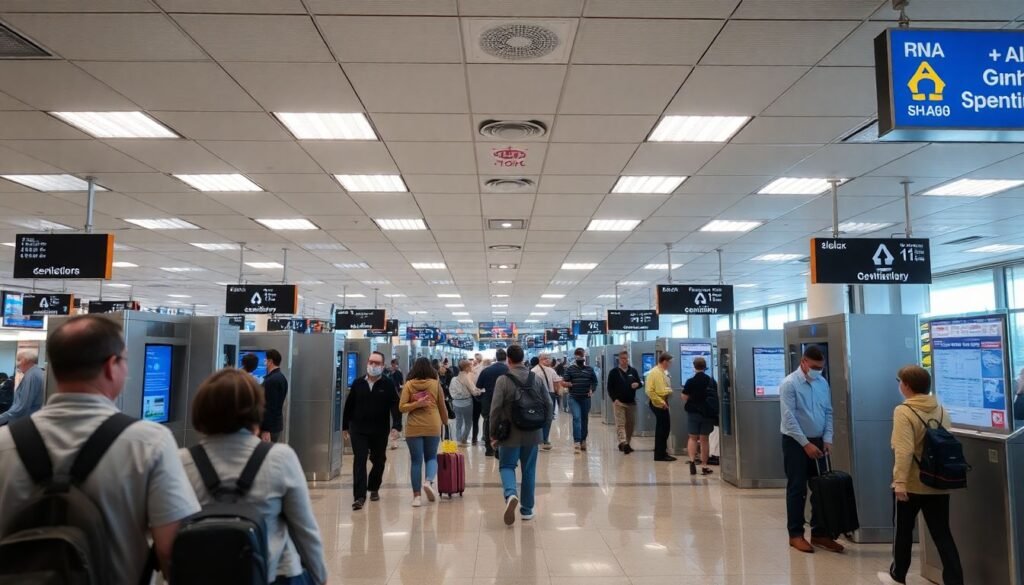
Lead-lined bags are designed to block X-rays, but they aren’t foolproof. While they do provide some protection, they aren’t a guarantee that your film will stay safe—especially if the bag goes through a high-powered scanner. In some cases, security may increase the power of the X-ray machine to penetrate the bag, which can still damage the film inside.
Both exposed and unexposed film are sensitive to X-ray damage, but exposed film is even more vulnerable. Once you’ve taken photos, the film contains latent images that are more easily affected by radiation. Make sure to take extra precautions with exposed rolls, especially if you’re near the end of your trip and want to preserve your memories.
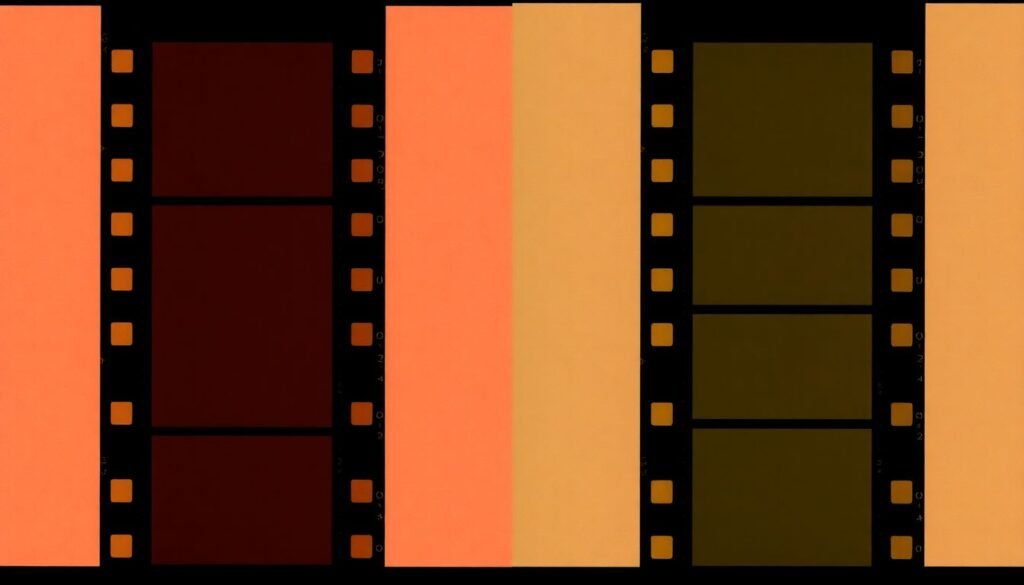
TSA guidelines allow for hand inspections of film, but be aware that not every country follows the same rules. Some international airports have stricter security protocols and may refuse a hand check, leaving your film vulnerable. Research the airports you’ll be passing through and plan accordingly.
If you want to avoid the hassle altogether, consider using a digital camera for travel. Digital cameras don’t use film, so there’s no risk of damage from scanners. While they may not offer the same nostalgic experience as disposable cameras, they’re a practical option for frequent travelers.
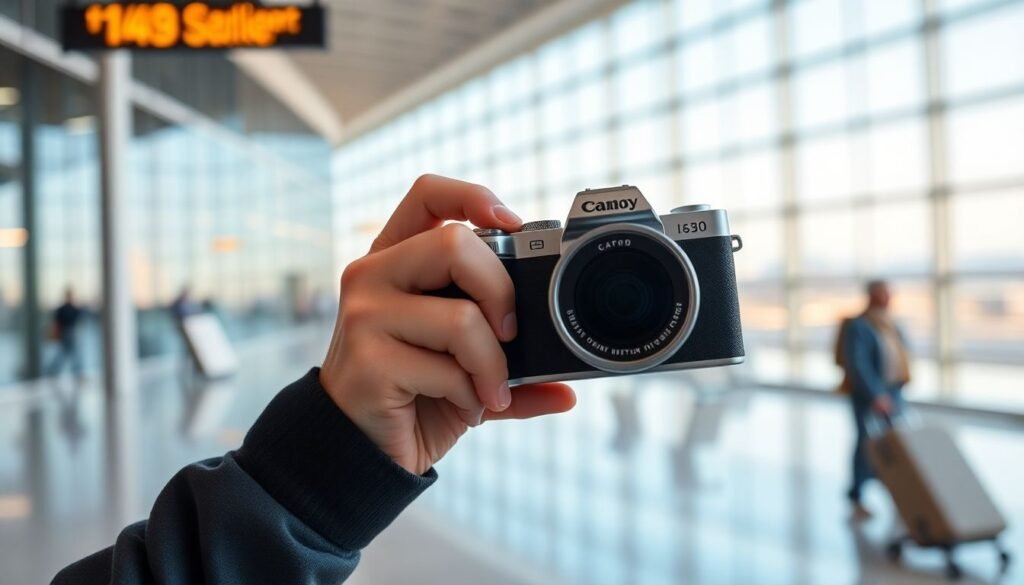
Some travelers choose to mail their film ahead to their destination to avoid airport scanners entirely. Others opt to use professional film courier services that specialize in handling sensitive materials. While these options can be more expensive, they offer peace of mind for serious photographers.
If you suspect your film has been damaged by a scanner, all is not lost. Some photo labs specialize in recovering images from damaged film. However, there’s no guarantee of success, so it’s better to take precautions than to rely on recovery.
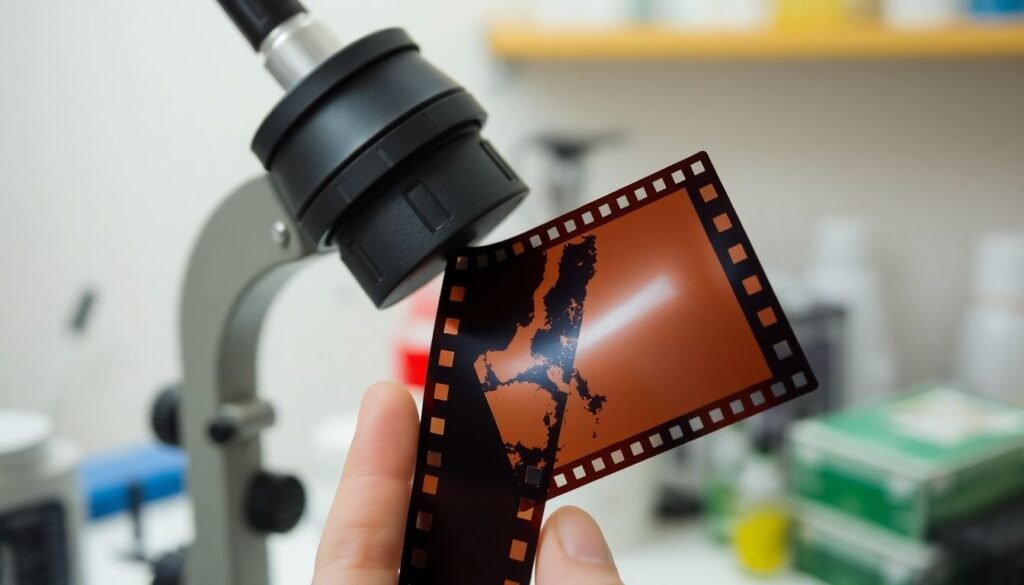
Traveling with disposable cameras can be a fun way to capture memories, but it comes with the challenge of protecting your film from airport scanners. By following the tips outlined here—such as requesting hand checks and using protective packing—you can safeguard your film and ensure your photos come out beautifully.
How do I know if my film has been damaged by scanners?
Fogging, washed-out areas, or overexposed sections in your photos are signs of scanner damage.
Can I travel with high ISO film without damage?
It’s risky. High ISO film is much more sensitive to X-ray radiation, so taking precautions is essential.
Are there specific airports with stricter scanning protocols?
Yes, some international airports may have stricter security procedures, making it harder to get a hand check.
Can I protect my film without a lead-lined bag?
Yes, requesting a hand check is a more effective method of protecting your film than relying solely on a lead-lined bag.
What happens if airport security refuses a hand check?
Unfortunately, if a hand check is refused, your only option may be to risk the scan or try shipping the film ahead to your destination.